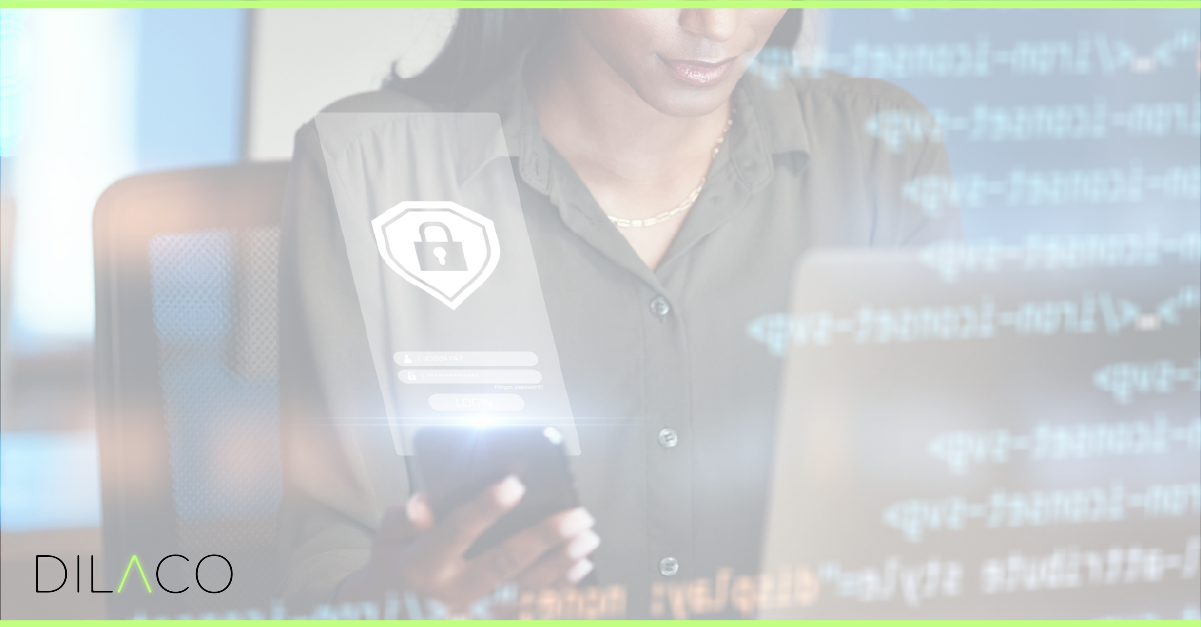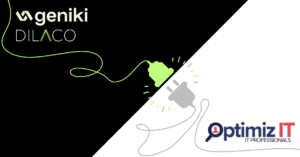In today’s digital age, data is arguably the most valuable asset for any organisation. From sensitive customer information to intellectual property, the data your business handles daily is a prime target for cybercriminals.
Based on the IBM Cost of a Data Breach Report 2023, the worldwide average expense of a data breach in 2023 stood at $4.45 million (≈ €4.14 million).
Traditional cybersecurity measures often focus on securing the perimeter or the network, but with the increasing sophistication of cyber threats, a more focused approach is necessary. This is where data-centric cybersecurity comes into play.
Data-centric cybersecurity shifts the focus from securing the network to securing the data itself, no matter where it resides or how it is transmitted. This approach is built on the principle that the data cannot be kept within boundaries and, therefore, the security must follow the data at all times.
Experts predict that the data-centric security market will grow by about 24.2% each year to 2030.
– Grand View Research, 2021
Here are the top 5 requirements for data-centric cybersecurity to safeguard your valuable information:
- Data Encryption: One of the most fundamental aspects of data-centric security is encryption. Encrypting data both at rest and in transit ensures that even if cybercriminals manage to access your data, they cannot read or use it without the encryption keys. Strong encryption protocols protect data on servers, databases, cloud storage, and during transmission over networks.
- Access Controls and Authentication: Ensuring that only authorised users have access to sensitive data is crucial. Implementing strict access controls and multi-factor authentication (MFA) verifies the identity of users before granting access to data. This minimises the risk of insider threats and unauthorised access, ensuring that only those with a legitimate need can access sensitive information.
- Data Loss Prevention (DLP): Data Loss Prevention solutions monitor and control the movement of sensitive data across the network. By setting policies and rules, organisations can prevent data from being sent outside the organisation unintentionally or maliciously. DLP tools help in mitigating the risk of data breaches and leaks by monitoring, detecting, and blocking potential data exfiltration.
- Comprehensive Monitoring and Auditing: Visibility into who is accessing your data and how it is being used is critical. Comprehensive monitoring and auditing tools provide detailed logs and real-time monitoring of data access and usage. This not only helps in detecting suspicious activities but also ensures compliance with regulations such as GDPR, NIS2, and others. Detailed audits can help identify and address vulnerabilities before they are exploited.
- User Education and Awareness: Educating users about data security best practices is a vital component of data-centric security. By making employees aware of the importance of data security and training them to recognise potential threats, organisations can further protect their data from human error. Regular training sessions and awareness programs can foster a culture of security within the organisation.
Implementing a data-centric cybersecurity approach means that your data is protected no matter where it goes. This approach is particularly beneficial in today’s world, where remote work and cloud computing are prevalent, making traditional network-based security measures less effective.
In conclusion, as cyber threats evolve, so must our defence strategies. Data-centric cybersecurity ensures that your data remains secure and compliant, giving you peace of mind in an increasingly hostile digital landscape. By focusing on the data itself rather than just the perimeter, organisations can protect their most valuable asset – their data – more effectively.
In need of assistance in implementing these measures? Visit our cybersecurity page and discover how we can support your efforts.

This article was brought to you by:
Willem Magerman
CTO/Cybersecurity Specialist
Get in touch





